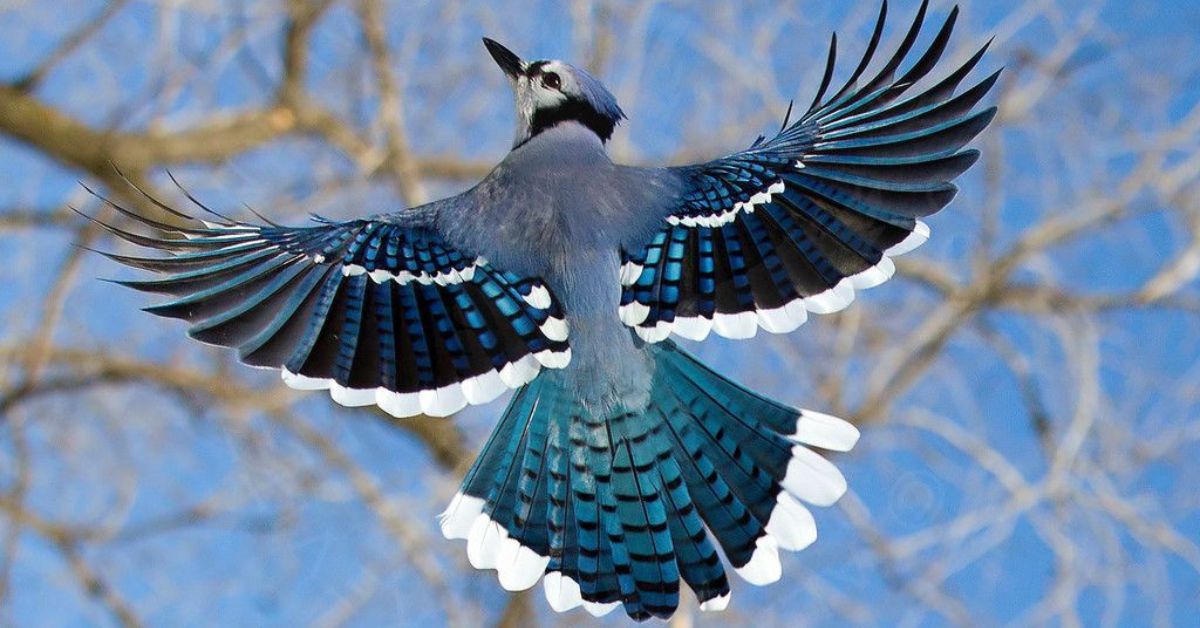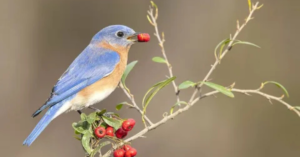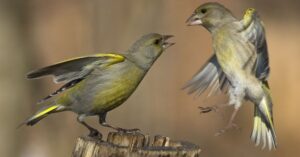Strolling through a sun-drenched meadow or beneath the boughs of a towering tree, you may spot a delicate nest cradling bright blue eggs glistening in the dappled sunlight. These striking ovals, often mistaken for tiny jewels, belong to some of nature’s most fascinating avian species.
Birds that lay blue eggs not only capture our attention with their stunning colors but also offer intriguing insights into survival strategies and reproductive behaviors. From the beloved American Robin to the enchanting Eastern Bluebird, these feathered marvels have adopted this unique characteristic for various reasons tied to their environment and biology.
Discover The Birds That Lay Blue Eggs
Birds with blue eggs include species like robins, starlings, and the eastern bluebird, each known for their distinctive and beautiful egg coloration. These eggs get their vibrant color from a pigment called biliverdin, making them both unique and beautiful in the bird world.
Eastern Bluebird
The Eastern Bluebird, with its vibrant blue plumage and rusty orange breast, is a small songbird that brings a burst of color to the landscapes of North America. Beyond their beauty lies an interesting blend of behavior and habitat preference that truly sets these birds apart. Often found in open fields, orchards, and along fences, Eastern Bluebirds are cavity-nesters, relying on old tree holes or artificial nesting boxes.
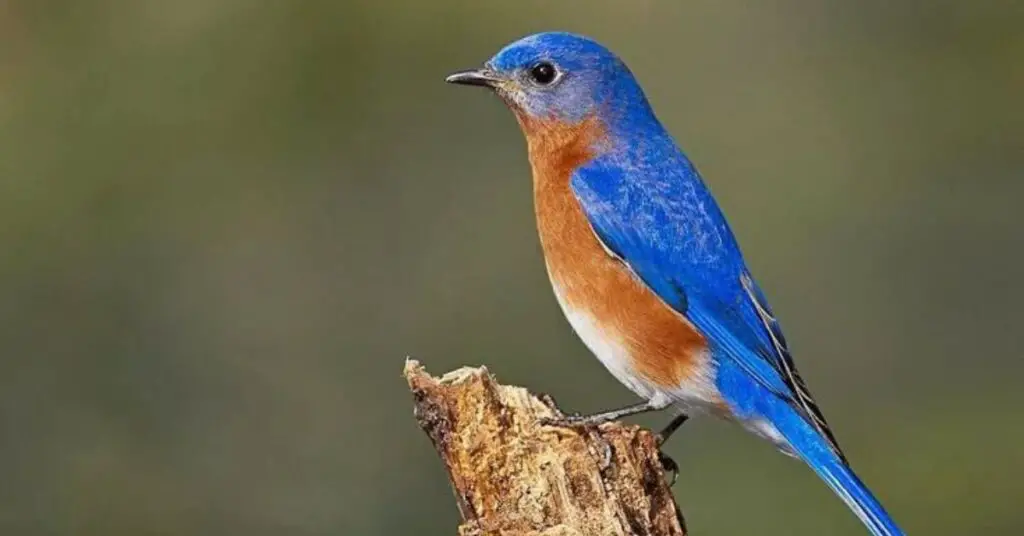
An intriguing aspect of the Eastern Bluebird’s life cycle is its courtship display. Males engage in a series of dazzling aerial acrobatics to impress females—flashing through the sky while emitting melodious songs that resonate like musical notes dancing in the air. Bluebirds also play an essential role in ecosystems by controlling insect populations; they deftly glean insects from grasslands or catch them mid-air.
American Robin
The American Robin, with its striking orange belly and melodious song, is often regarded as a herald of spring in North America. But beyond their aesthetic charm lies a remarkable adaptability that allows them to thrive across diverse habitats—from suburban backyards to lush forests and sprawling farmlands. Their diet is equally versatile; these birds feast on everything from earthworms and insects to fruits and berries, playing an essential role in seed dispersal.
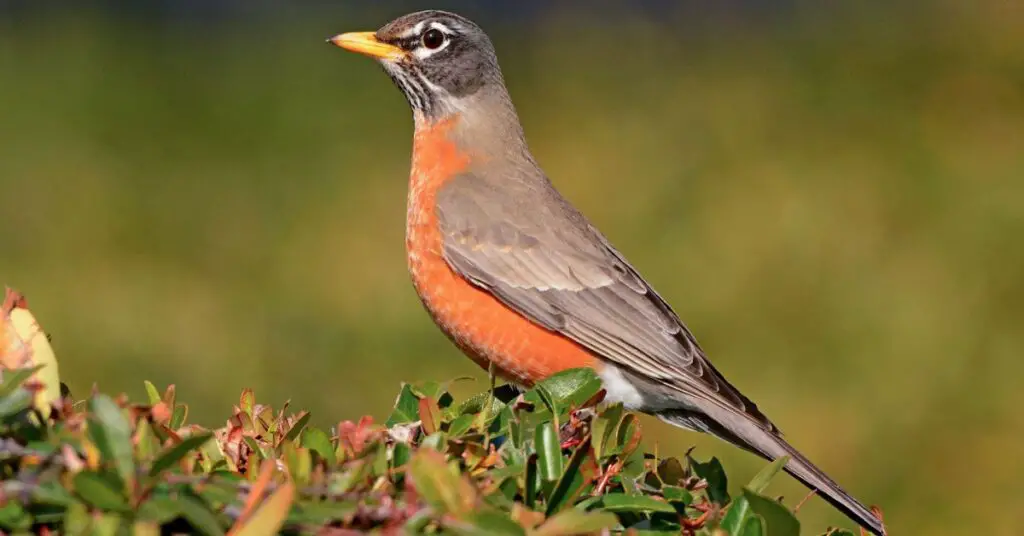
Robins are known for their keen sense of territory during breeding season, establishing nests often high up in trees or shrubs. It’s their unique vocalizations that truly captivate birdwatchers; each robin has a distinctive song that varies regionally and even between individuals. Some studies suggest these variations might be linked to localized environmental factors or social interactions within flocks. The blue eggs bird, like the robin, creates nests filled with vibrant and colorful treasures.
Eurasian Jackdaw
The Eurasian Jackdaw, known for its striking gray plumage and distinctive black cap, is more than just an ordinary corvid; it’s a fascinating example of intelligence in the avian world. Often seen in small flocks or as solitary birds, these jackdaws exhibit complex social behaviors that reflect their high cognitive abilities.
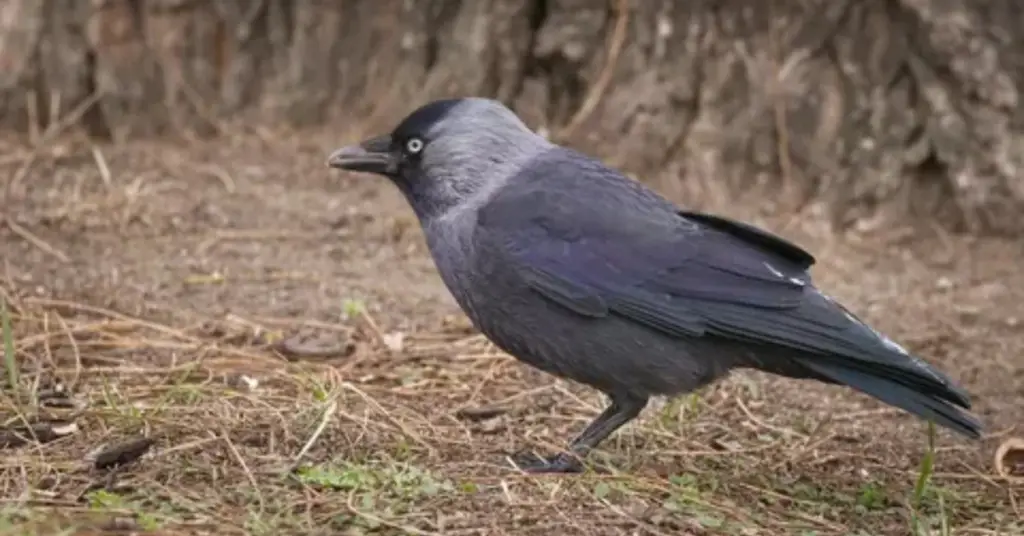
These birds possess a repertoire of calls, each serving specific purposes within their tightly-knit communities. They utilize alarm calls to warn fellow jackdaws of potential threats or deliver particular sounds when courting during mating season. Their strong social bonds are also evident in their highly cooperative breeding strategies and communal roosting practices.
Eurasian Magpie
The Eurasian magpie, a striking black-and-white bird, captivates observers with its bold appearance and intelligent behavior. Sleek feathers and a long tail give this avian marvel a certain regal air, making it a common muse in folklore across many cultures. In some regions, these birds are revered as symbols of good fortune, while in others, they may be regarded with suspicion due to their scavenging habits.
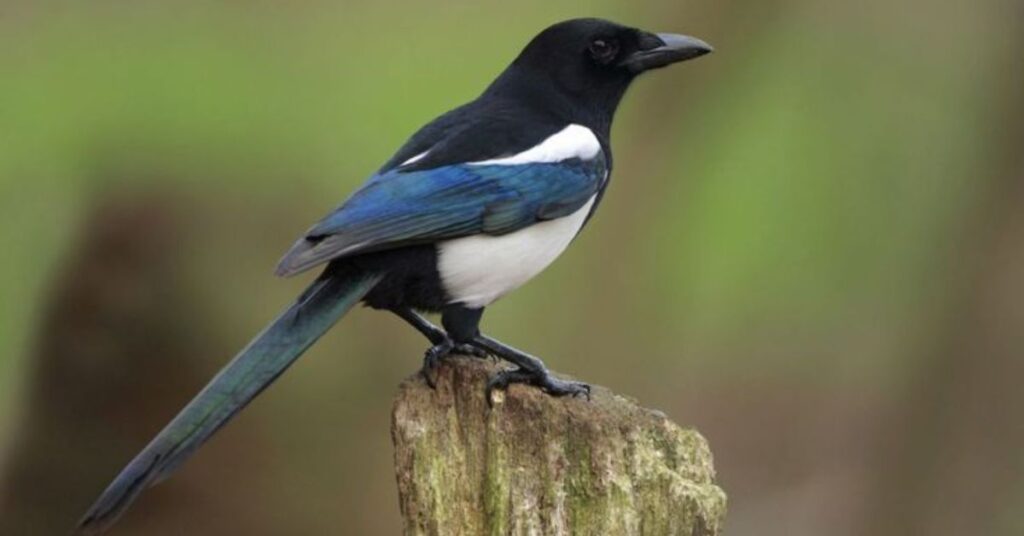
Notably, social creatures and Eurasian magpies display an array of sophisticated behaviors indicative of their cognitive prowess. They have been observed using tools—a testament to their problem-solving abilities—and even participating in complex social interactions such as play-fighting or cooperative foraging. Research suggests they possess self-awareness; many can recognize themselves in mirrors, which is rare among non-human species.
Emu
The emu, a flightless bird native to Australia, is an intriguing symbol of resilience and adaptability in the animal kingdom. Emus have developed unique survival strategies that allow them to thrive in diverse environments—from woodlands to arid deserts.
Known for their impressive height, reaching up to six feet tall, these birds possess powerful legs that not only assist in sprinting at speeds of up to 30 miles per hour but also help them navigate through rugged terrain with ease. Their long strides and strong muscles make them adept at escaping predators while covering vast distances in search of food.
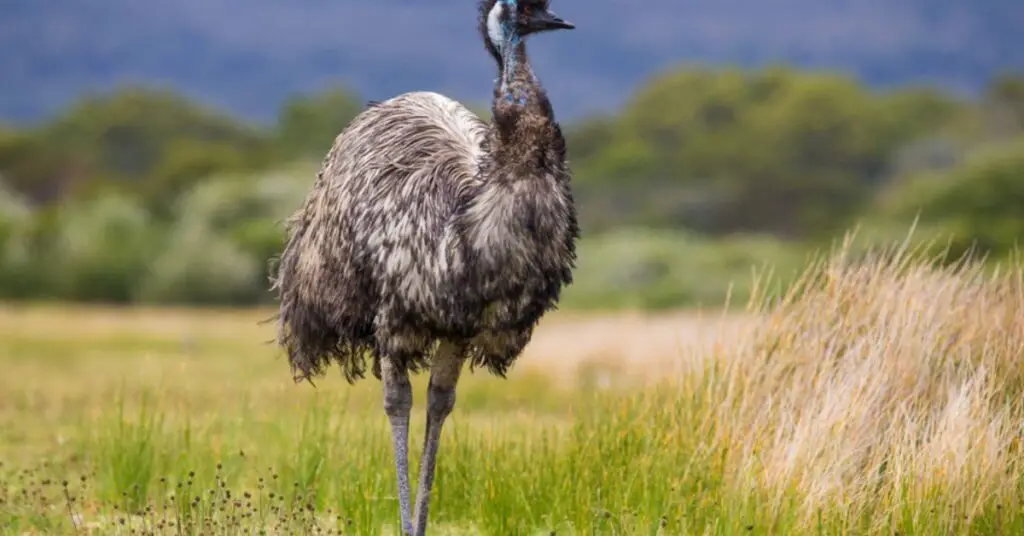
Beyond their physical prowess, emus exhibit fascinating social behaviors deeply rooted in their breeding practices. Female emus are the primary caregivers; after laying eggs—up to 15 at a time—the males take on the role of incubators and protectors during the nesting period.
Western Bluebird
The Western Bluebird, adorned in vibrant hues of blue and rusty orange, is more than just a visual delight; it symbolizes the vitality of western North American ecosystems. These small songbirds thrive in open woodlands, grasslands, and even agricultural areas where they gracefully dart about in search of insects and berries. Their diet not only helps control pest populations but also aids in seed dispersal, making them integral to their habitats’ health.
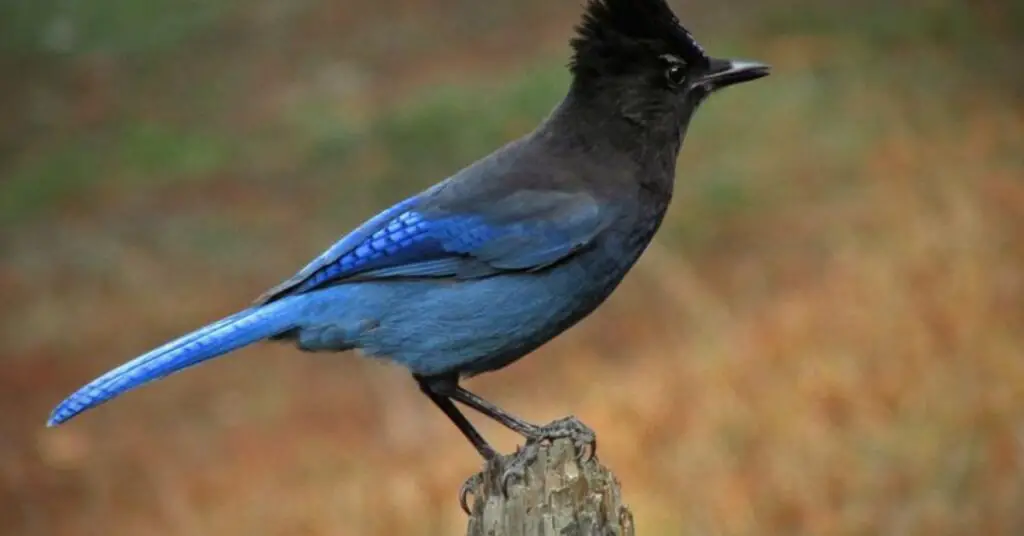
They often engage in cooperative breeding, where offspring from previous years assist parents with raising new chicks. This nurturing dynamic provides valuable insights into avian community life and reflects the importance of familial bonds amongst wildlife.
American Goldfinch
The American Goldfinch, easily recognizable by its bright yellow plumage in males during the summer months, is a striking emblem of North America’s avian diversity. What many may not know is that these vibrant little creatures undergo a fascinating transformation with the seasons; as autumn approaches, males will don more subdued olive-brown hues to blend into their environments.
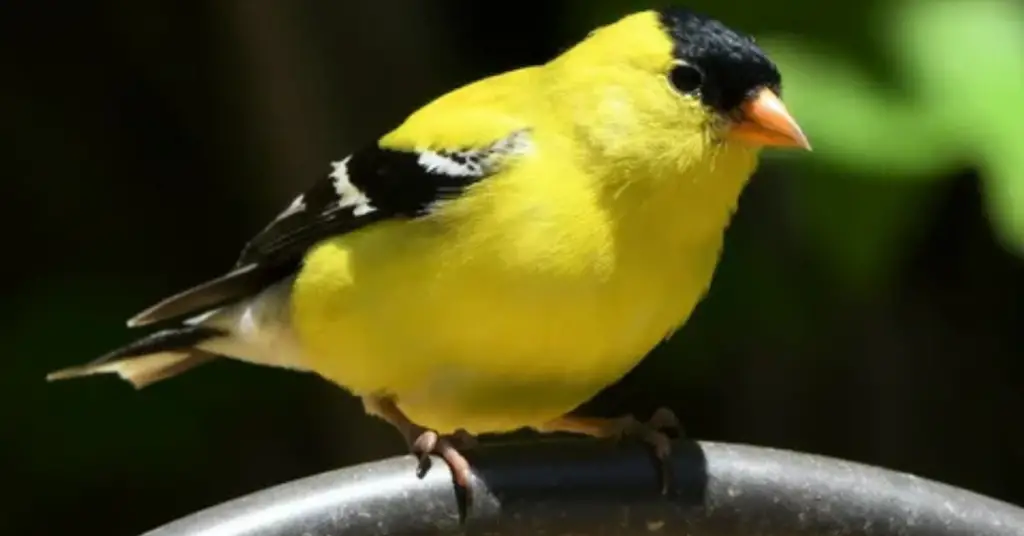
These charming finches are more than just pretty feathers; they are skilled acrobats and foragers. American Goldfinches thrive on seeds, particularly from native plants like thistle and dandelions, showcasing their adaptability to diverse habitats ranging from urban gardens to rural fields.
Their unique approach to nesting is equally intriguing—typically crafting their nests high in shrubs or trees using plant fibers and spider silk, they cleverly ensure both warmth and stability for their eggs.
Red-Winged Blackbird
The Red-winged Blackbird, with its striking plumage and melodic calls, is a common sight across North America, yet it remains one of nature’s most fascinating enigmas. The males are easily recognizable by their glossy black feathers contrasted with vibrant red and yellow shoulder epaulets, creating a bold visual statement that serves not only to attract mates but also to assert territorial dominance.
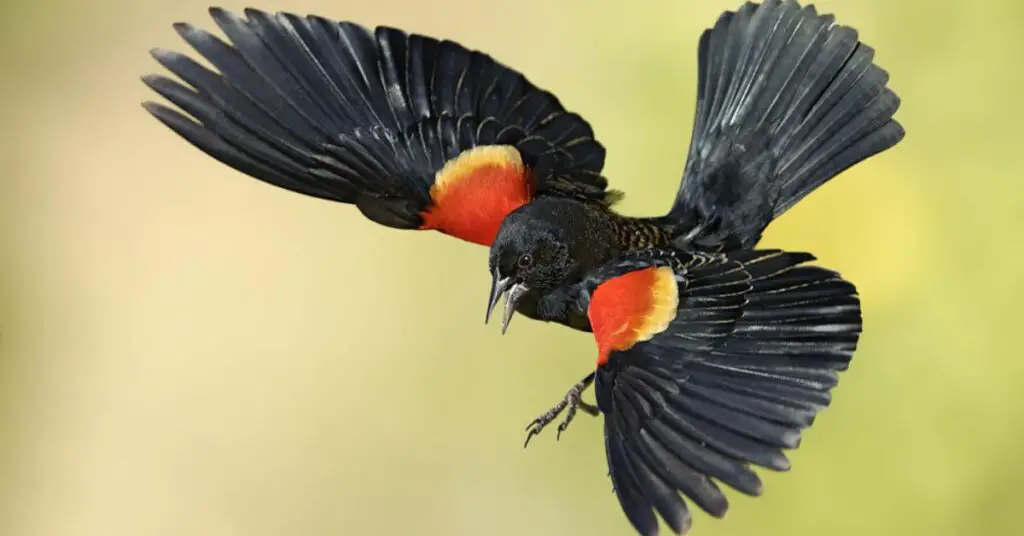
Red-winged Blackbirds face various challenges ranging from habitat loss due to wetland drainage to climate change impacts altering migratory patterns. Recent studies highlight the adaptability of these birds—some have adjusted their feeding habits, taking advantage of agricultural fields as traditional habitats dwindle.
Blue-Gray Gnatcatcher
The Blue-Gray Gnatcatcher, a diminutive songbird measuring just about four to five inches long, captivates birdwatchers with its vibrant plumage and energetic presence. Known scientifically as Polioptila caerulea, this species flaunts a striking blue-gray coat accented by a faint white eye ring that enhances its inquisitive demeanor.
These birds are not only visually appealing but also play an essential role in their ecosystems; they feed primarily on small insects and spiders, helping control populations of pests while providing a crucial food source for larger predators.
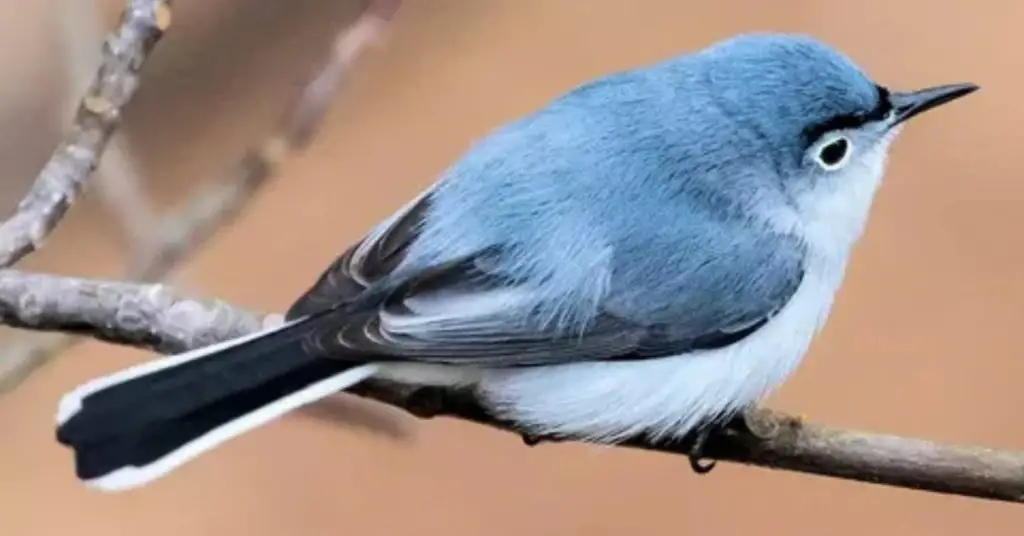
Blue-gray gnatcatchers exhibit fascinating behaviors during the breeding season. Males are particularly notable for their elaborate courtship displays, which involve intricate aerial acrobatics accompanied by soft trills and whirs—an endearing serenade meant to capture the attention of potential mates.
Blue Jay
Blue Jays are more than just a striking addition to the landscape; these intelligent creatures demonstrate intricate social behaviors and problem-solving abilities that rival those of many mammals. Known for their vibrant blue plumage and distinctive black collar, Blue Jays’ unmistakable presence captures attention.
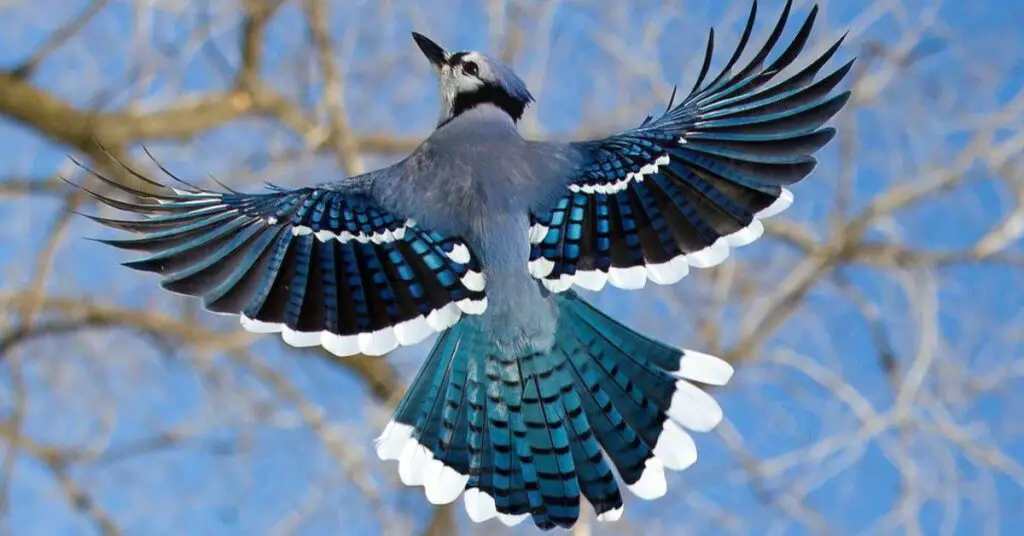
These birds exhibit fascinating traits beyond their looks. Blue Jays are known for their proclivity towards caching—hiding food items like acorns in various locations. This behavior not only ensures they have sustenance when resources are scarce but also contributes to forest health by aiding in the dispersal of oak trees.
Black Tinamou
The Black Tinamou (Tinamus osgoodi) is a fascinating bird native to the lush, humid forests of Central and South America, particularly in regions like Colombia and Ecuador. With its strikingly dark plumage that allows it to blend seamlessly into the shadowy underbrush. What sets the Black Tinamou apart isn’t just its appearance; it’s also known for its unique reproductive behavior.
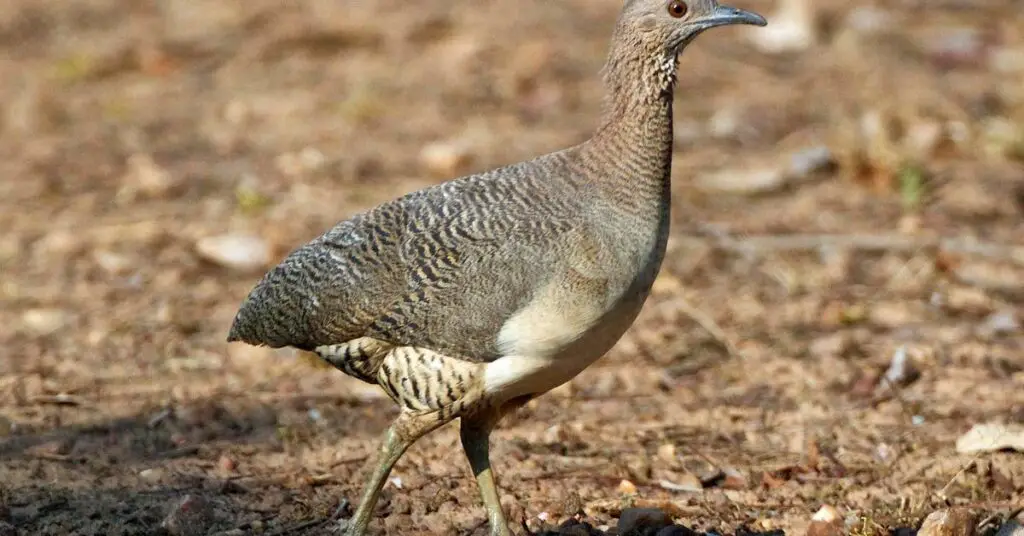
These birds are also notable for their remarkable ability to produce deep, resonant calls that echo through their forest homes. This vocalization serves not only as communication among individuals but also plays a crucial role during mating seasons when males establish territories. Conservationists are becoming increasingly concerned about habitat loss due to deforestation, which threatens populations of the Black Tinamou.
Northern Mockingbird
The Northern Mockingbird is a master of mimicry, capable of imitating over 200 distinct sounds, from the calls of other birds to mechanical noises like cell phones and car alarms. This remarkable vocal agility serves multiple purposes: it can attract mates, defend territory, or even distract potential predators.
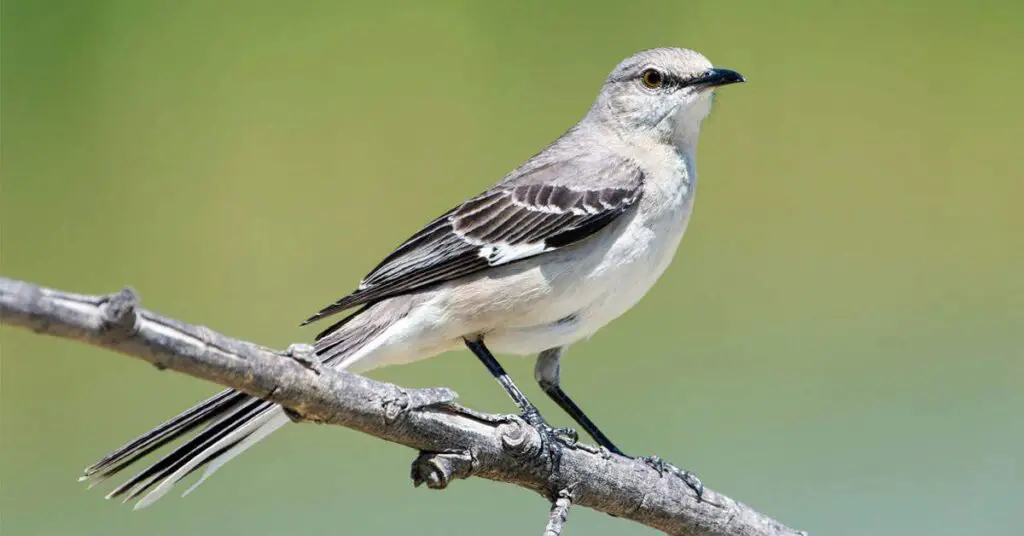
What sets the Northern Mockingbird apart is not just its impressive vocal skills but also its complex behavior. Known for their fierce territoriality during the breeding season, these birds engage in elaborate displays to ward off rivals. They may even follow intruders relentlessly while delivering a barrage of songs created from their extensive catalog.
Blue-Footed Booby
The blue-footed booby, with its striking turquoise appendages, offers more than just visual allure; it serves as a fascinating case study in sexual selection and evolutionary biology. Males flaunt their vivid blue feet during courtship displays, a characteristic that signals health and vitality to potential mates.
The intensity of their foot color can vary based on factors like diet and environmental conditions, leading to an intricate dance where only the most vibrant birds win reproductive opportunities.
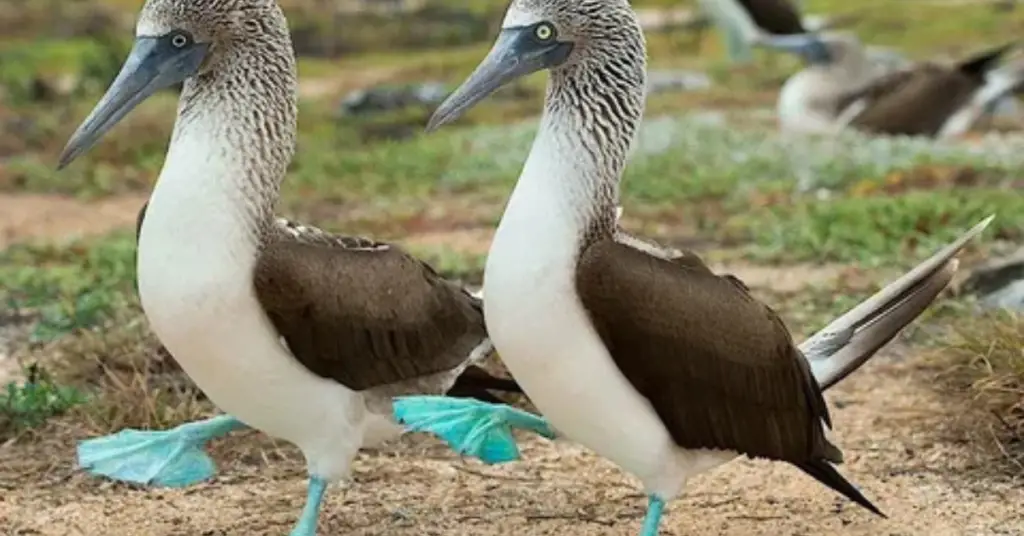
Blue-footed boobies are expert divers; they plunge from heights up to 30 meters into the water to catch fish in spectacular aerial displays. This behavior reflects not only their physical prowess but also showcases the intricacies of marine ecosystems—overfishing and climate change impact prey availability, thus influencing booby populations and breeding success rates in ways researchers continue to examine closely.
Mountain Bluebird
The Mountain Bluebird is a captivating sight against the rugged backdrop of North America’s western mountain ranges. Known for its striking azure plumage, this small passerine bird is not only a visual delight but also plays a crucial role in its ecosystem.
They are primarily found in open habitats, such as grasslands and sagebrush areas, where their diet consists largely of insects and berries. This adaptability allows them to thrive in various elevations, from arid desert valleys to alpine meadows.
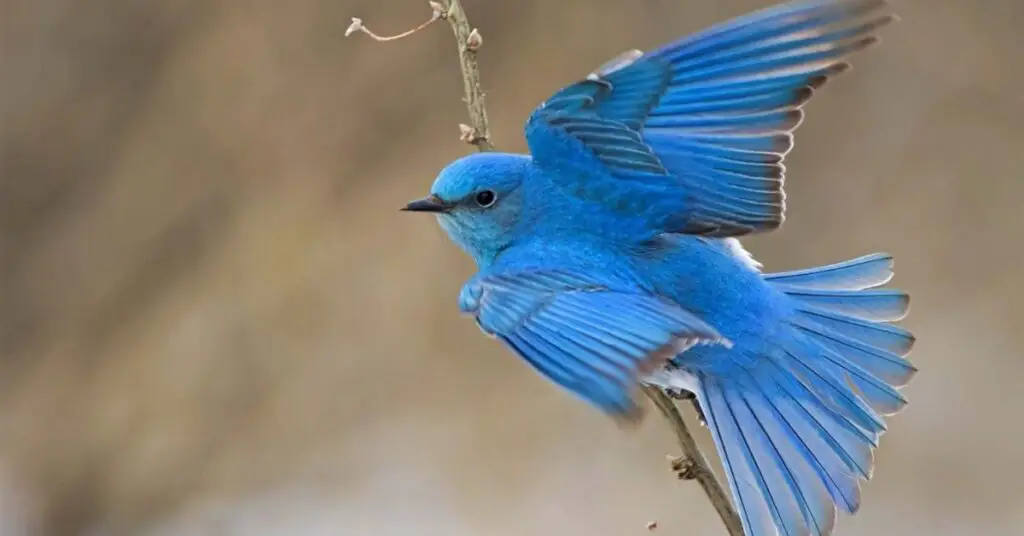
Mountain Bluebirds are known for their unique migratory patterns. They typically breed in the higher elevations during the summer months but embark on journeys down to lower altitudes as winter approaches. During migration, these birds often travel in groups, which fosters communal roosting and enhances their survival rates by improving predator vigilance.
Blue Finch
The Blue Finch, a strikingly vibrant bird found primarily in the Americas, captivates birdwatchers and nature enthusiasts alike with its brilliant plumage. Often seen flitting through woodlands and along riverbanks, its vivid blue feathers serve not just for show but also play a role in mating displays, signaling health and vitality to potential partners. Interestingly, variations among species of finches demonstrate unique behavioral adaptations.
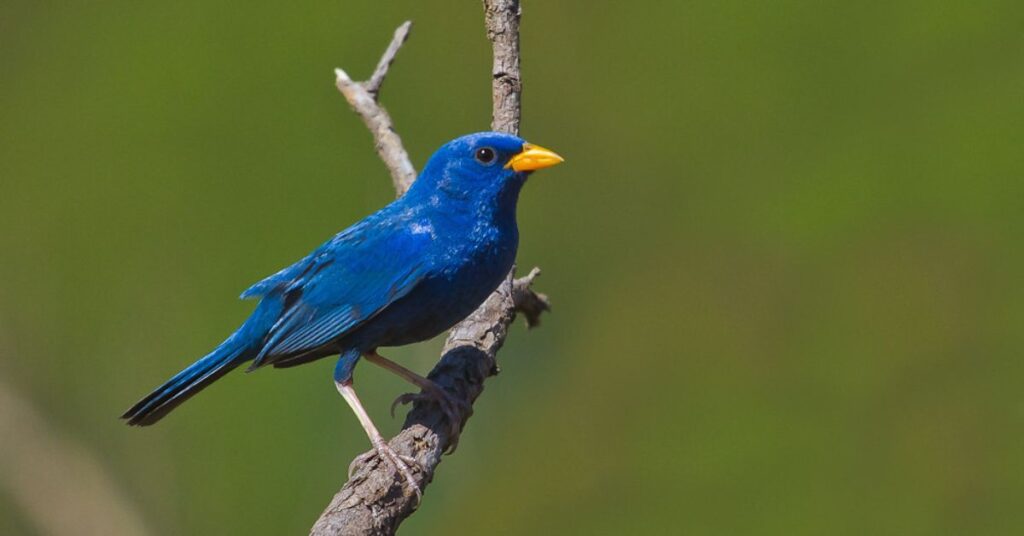
Blue Finches also embody ecological significance. They participate actively in seed dispersal—their diet consisting predominantly of various seeds helps maintain plant populations within their habitats. Changes in climate and habitat destruction pose growing threats to these enchanting birds.
House Finch
The House Finch, a small bird native to the western United States, has made its mark not just as a common backyard presence but as a fascinating example of adaptation and survival. Often identified by their rosy redheads and chests—especially in males—these birds display considerable variation in plumage colors depending on their habitat.
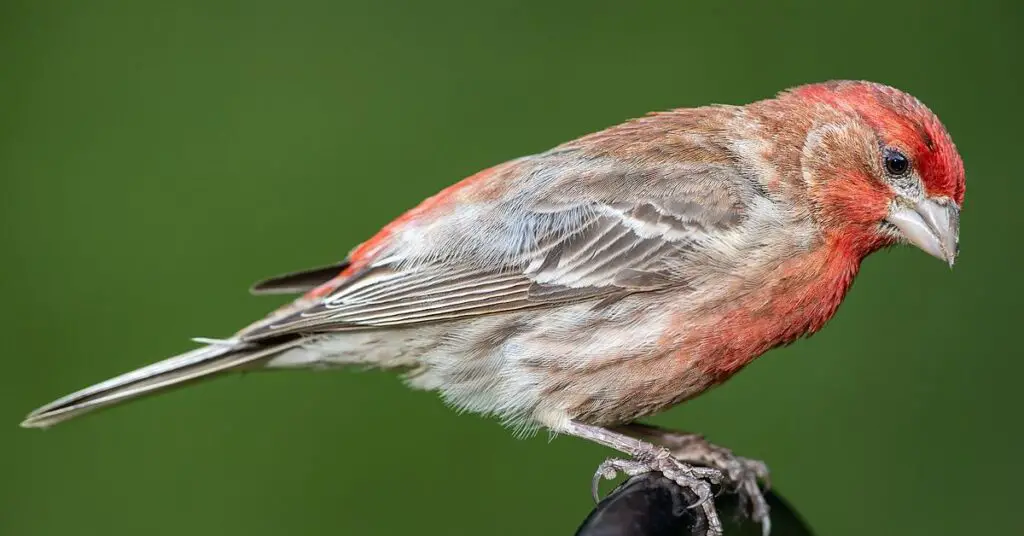
An intriguing aspect of House Finches is their unique courtship rituals and vocalizations. Males serenade females with a series of cheerful notes and trills that are not only charming but also serve to establish territory. What sets them apart further is their remarkable dietary flexibility; they thrive on seeds, fruits, and even human discards.
Snowy Egret
The Snowy Egret, with its striking white plumage and ebony legs, is an avian gem that commands attention in the coastal wetlands where it resides. Known for its elaborate courtship displays, males will perform a graceful dance, spread their wings wide, and show off their striking yellow feet to attract mates.
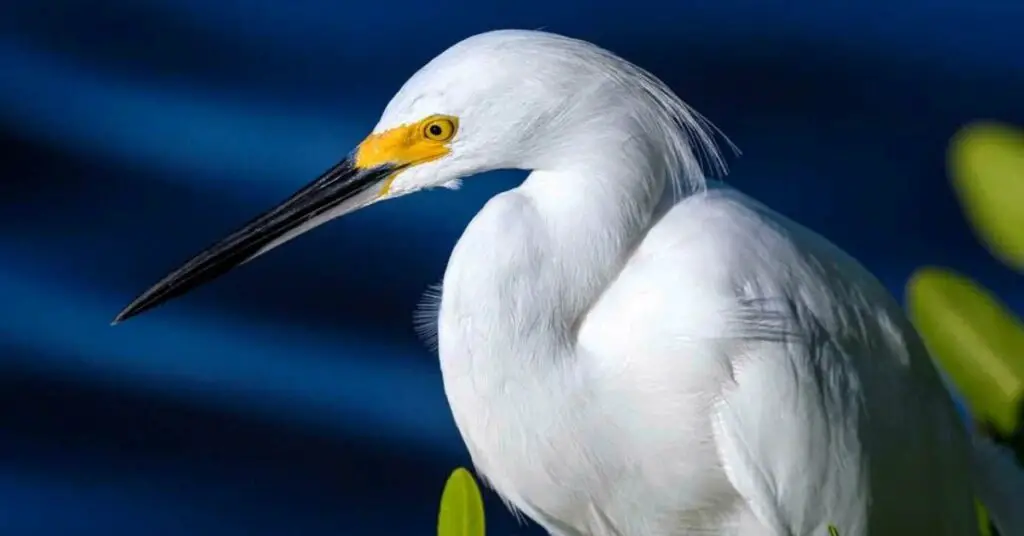
Snowy Egrets have faced significant challenges due to habitat loss and historical overhunting for their feathers in the late 19th century. Their revival speaks volumes about conservation efforts; yet, threats persist from pollution and climate change impacting wetland ecosystems.
Dunnock
The Dunnock, often overlooked in the avian world, is a remarkable bird that invites curiosity due to its unique social behaviors. Commonly found across Europe and parts of Asia, its unassuming brown plumage can easily lead observers to dismiss it as just another sparrow. This small passerine exhibits intricate mating strategies that challenge traditional notions of monogamy.
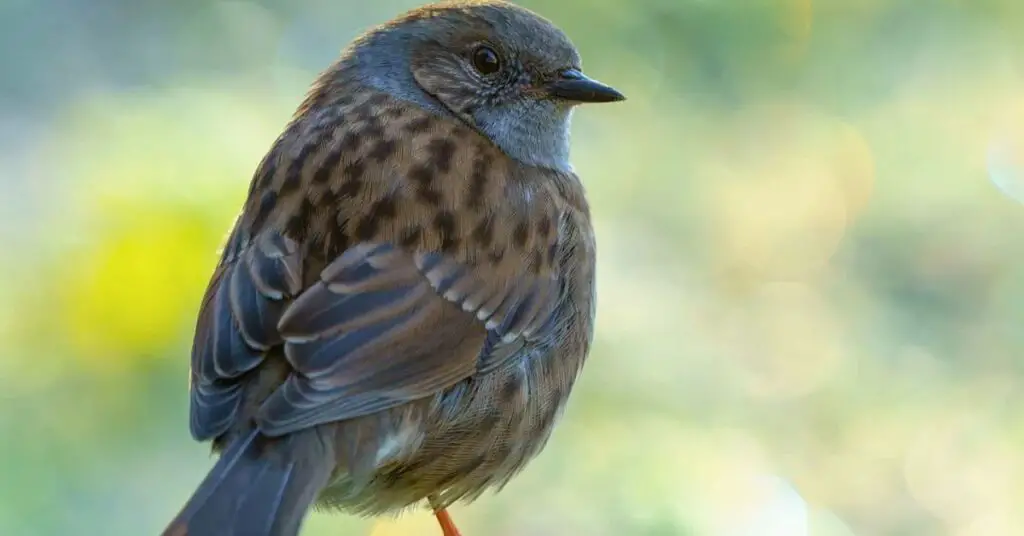
In some populations, Dunnocks engage in a behavior known as scramble competition polygyny, where multiple males compete for access to females during their breeding season. This fascinating dynamic not only influences reproductive success but also showcases the complex social structures within seemingly simple ecosystems.
European Starling
The European Starling, once a humble bird of the Old World, has transformed into one of North America’s most ubiquitous species since its introduction in the 1800s. Its exceptional adaptability is nothing short of fascinating; starlings thrive in urban environments and agricultural landscapes alike, showcasing their remarkable ability to exploit diverse food sources—from insects to discarded human food.
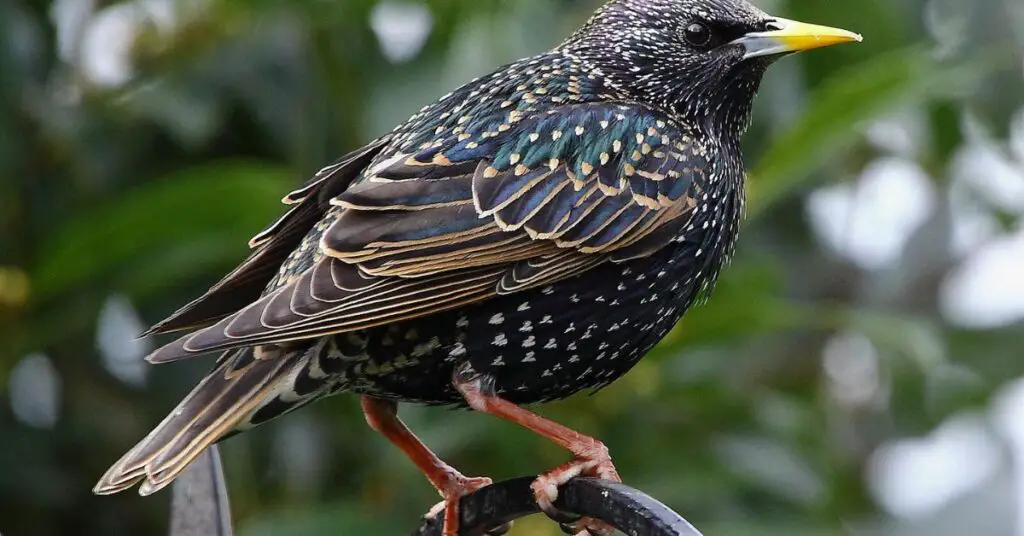
One of the most compelling aspects of the European Starling is its extraordinary social behavior. These birds often gather in massive flocks, creating mesmerizing aerial displays known as murmuration—an intricate dance that not only serves as protection against predators but also highlights their impressive communication skills.
European Robin
The European Robin, often seen flitting through gardens and parks, is a delightful symbol of winter in Europe. With its bright orange-red breast that stands out against the backdrop of frosty landscapes, it has captured the hearts of many birdwatchers and casual observers alike. This small passerine bird not only brings color to dreary days but also sings sweetly throughout the year.
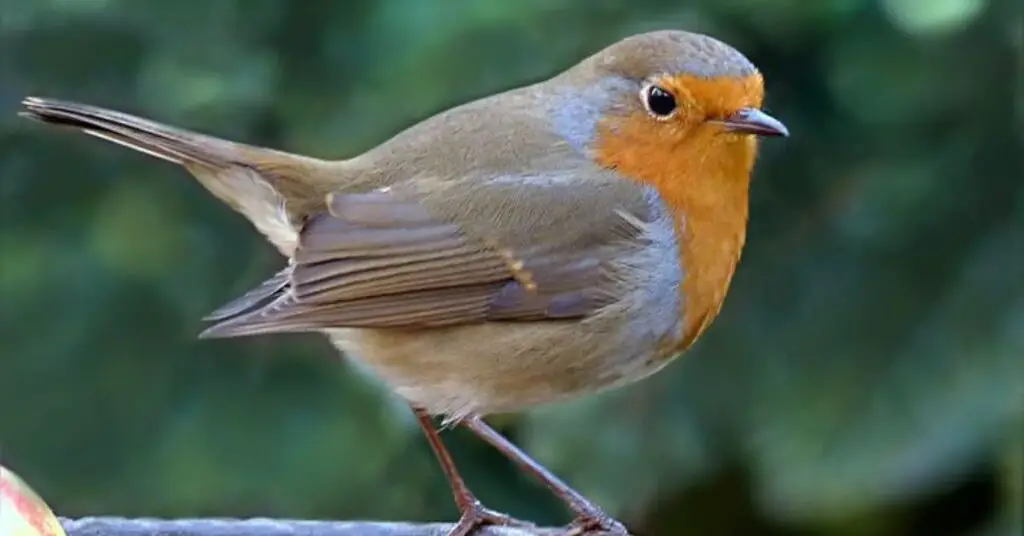
Unlike many species that shy away from human habitats, robins seem to thrive alongside people—often becoming regular visitors at backyard feeders or perched on park benches, awaiting crumbs from passersby. Their curious yet bold demeanor allows them to explore new territories with ease; some even nest within bustling cities, weaving their nests in unexpected places like old shoes or hanging baskets.
Common Linnet
The Common Linnet, often overshadowed by flashier songbirds, captivates with its subtle beauty and remarkable adaptability. With a heartening mix of soft warm brown and delicate gray plumage, the male showcases vibrant pinkish-red patches during the breeding season, a vivid display that contrasts gracefully against their more muted female counterparts.
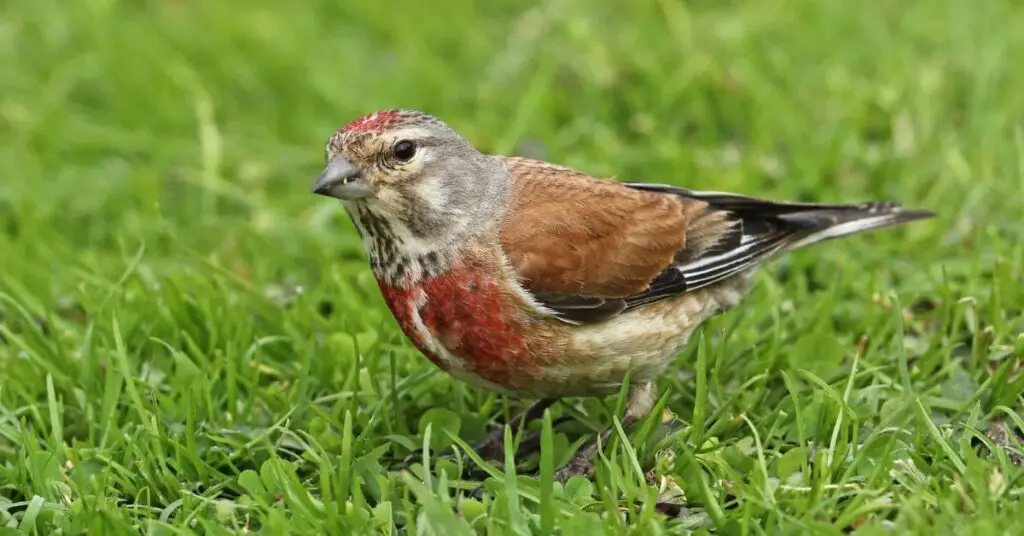
The Common Linnet thrives in various habitats—from wild thorny hedgerows to urban gardens—demonstrating an impressive ability to coexist with human-made environments.
Little Blue Heron
The Little Blue Heron, a striking wader found predominantly in the southeastern United States, is not just a visual delight; it plays a pivotal role in the wetland ecosystems it inhabits. With its slate-blue plumage and unique hunting techniques, this bird exemplifies both grace and efficiency.
Where many of its counterparts rely on visible light to find prey, the Little Blue Heron employs its keen sense of hearing to catch fish and crustaceans hiding beneath murky waters.
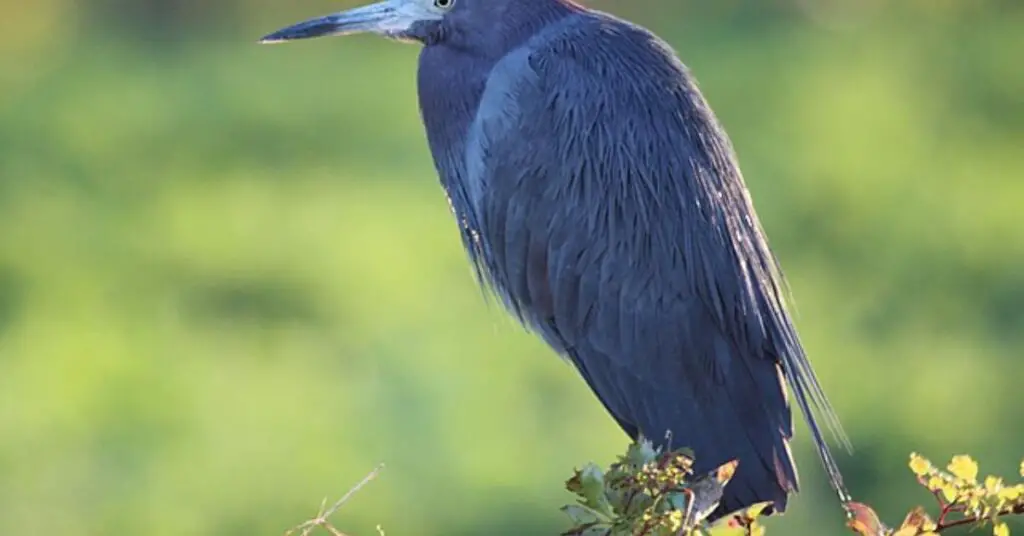
The Little Blue Heron’s color transforms as it matures—juveniles have an entirely different appearance with white feathers tinged in blue. This gradual change not only enhances their camouflage but also demonstrates an intriguing evolutionary strategy for survival against predators while they learn essential hunting skills.
Gray Catbird
The Gray Catbird (Dumetella carolinensis) is a fascinating avian enigma, often overshadowed by its more colorful counterparts. Named for its distinctive cat-like call that can echo through the underbrush, this medium-sized songbird possesses a slate-gray plumage that serves as both camouflage and elegance.
They are opportunistic feeders primarily consuming berries, insects, and caterpillars—an ecological balance that helps control pest populations while dispersing seeds from the fruits they enjoy.
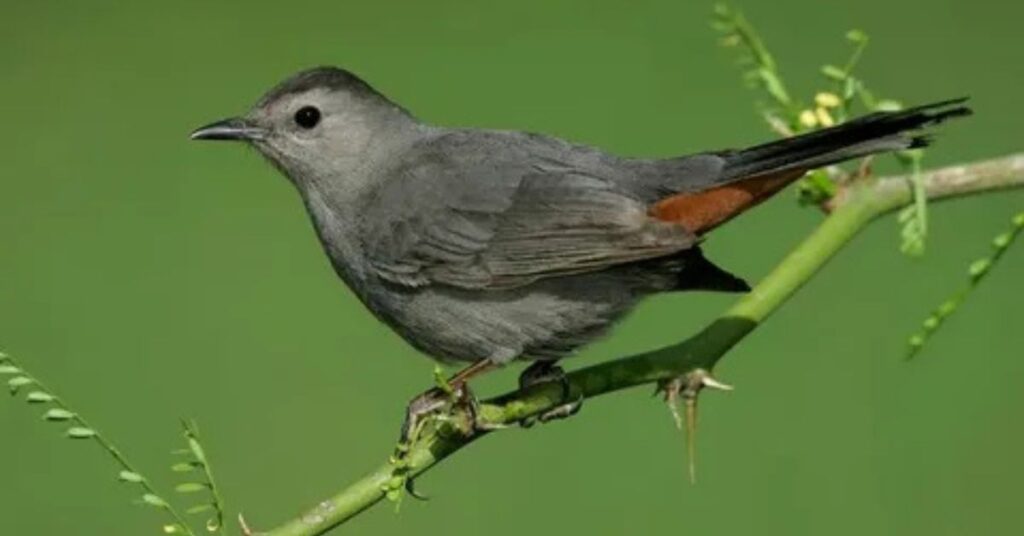
Their adaptability shines in various habitats ranging from urban gardens to dense thickets and wetlands. Observing these birds offers more than just delightful sounds; it provides insight into thriving biodiversity even in altered landscapes.
Common Myna
The Common Myna, recognizable by its striking yellow eye patches and vibrant plumage, is more than just a beautiful bird; it’s an integral part of many ecosystems across South Asia and beyond. These adaptable creatures thrive in urban environments, showcasing an exceptional ability to exploit human habitats for food, making them a fascinating study of urban wildlife dynamics.
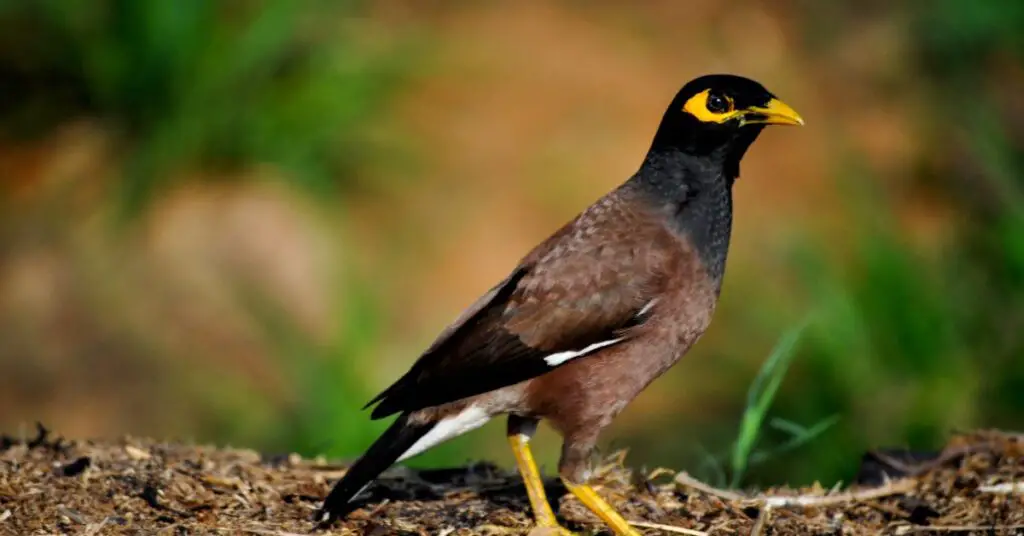
Common Mynas often form loose flocks that exhibit intriguing social behaviors—such as vocal communication and cooperative foraging—which provide insights into avian intelligence. They have also been observed engaging in deceptive strategies to mislead competitors about the availability of resources.
Song Thrush
The Song Thrush (Turdus philomelos) stands out as one of nature’s musical marvels, renowned for its remarkable ability to mimic the sounds of other birds and even environmental noises. This fascinating behavior is not just a display of vocal prowess; it serves as a vital part of their mating rituals and territorial claims.
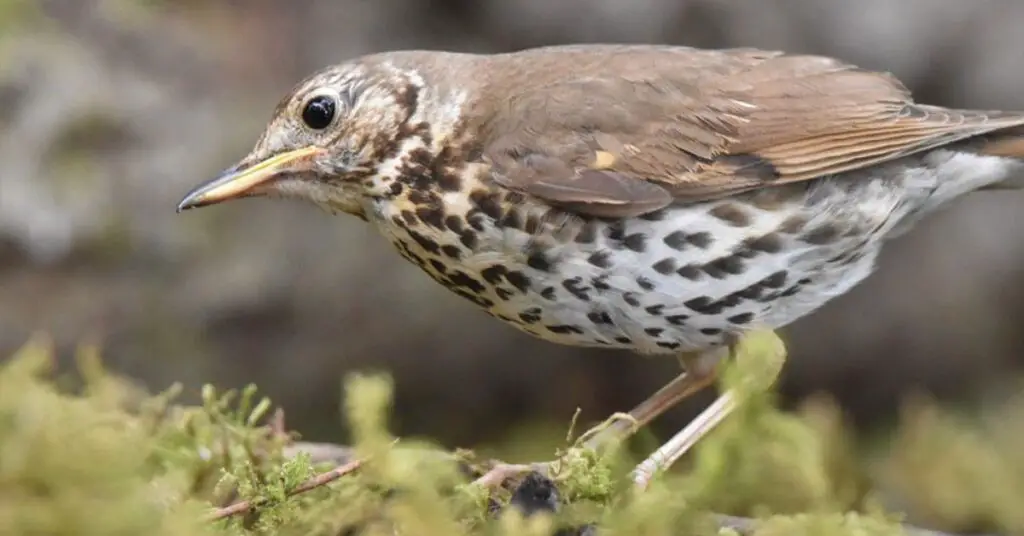
Song Thrushes play an essential role in maintaining ecological balance through seed dispersal. Their diet predominantly consists of fruits and invertebrates, making them both predators and seed carriers within various habitats. This dual role allows them to contribute to plant propagation while also controlling insect populations.
Great Blue Heron
The Great Blue Heron, with its striking blue-gray feathers and an impressive wingspan, is an emblematic figure in North American wetlands. These majestic birds are not just beautiful; they play a crucial role in their ecosystems as skilled hunters.
Equipped with sharp beaks and incredible patience, they can stand motionless for long periods, awaiting the perfect moment to strike at unsuspecting fish, amphibians, and even small mammals.
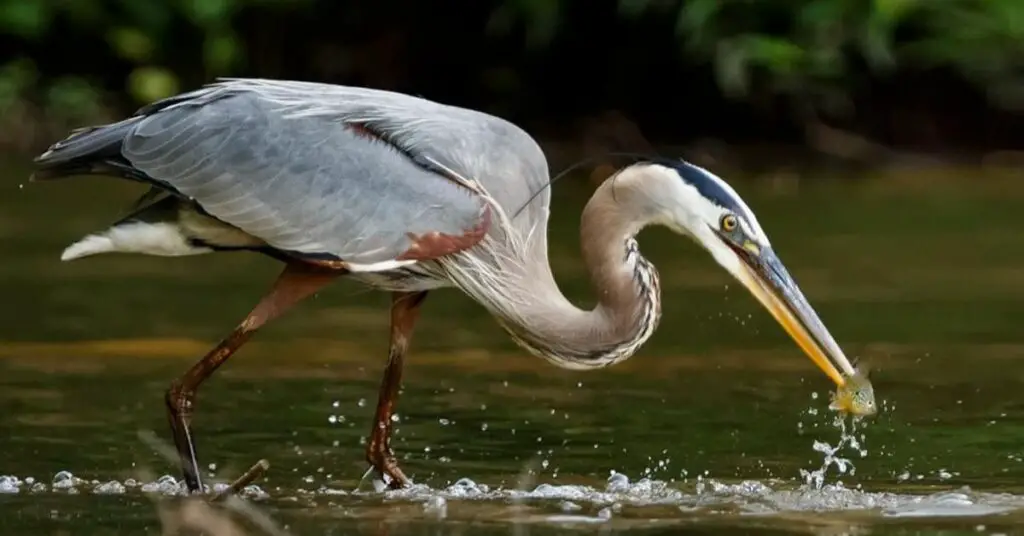
Beyond their remarkable hunting prowess lies the heron’s intricate social behavior. During nesting season, these birds display strong site fidelity by returning to the same colonies year after year. Their elaborate courtship rituals include graceful flying displays and synchronized movements that highlight both strength and elegance.
If you are a bird lover and truly care about your birds, you may like our post: Tips for Placing a Hummingbird Feeder.
Conclusion
Birds that lay blue eggs exhibit a fascinating variety of behaviors and adaptations that reflect their unique ecological niches. From the vibrant robin to the elusive American wren, these species not only contribute to the biodiversity of their habitats but also play critical roles in their ecosystems.
The coloration of their eggs may serve various purposes, such as camouflage or social signaling, illustrating the intricate connections between avian reproduction and survival strategies.
FAQ’S
What Bird Lays Blue Eggs?
Birds like robins, blue jays, starlings, and some species of thrushes lay blue eggs. The blue color comes from a pigment called biliverdin, which is deposited on the eggshell as it’s formed.
Are Blue Eggs Rare?
Blue eggs are not particularly rare and are fairly common among certain bird species like robins and starlings. However, they might seem unique depending on the local bird population and the visibility of their nests.
Are Blue Eggs Healthy?
Yes, blue eggs are just as healthy as white or brown eggs. The shell color is purely cosmetic and doesn’t affect the egg’s nutritional value, taste, or quality. Their health depends on the bird’s diet and environment.
- How To Keep Bees Away From Hummingbird Feeders - March 20, 2025
- How To Attract Owls To Your Yard - March 11, 2025
- Breeding Season For Wild Birds - March 9, 2025
